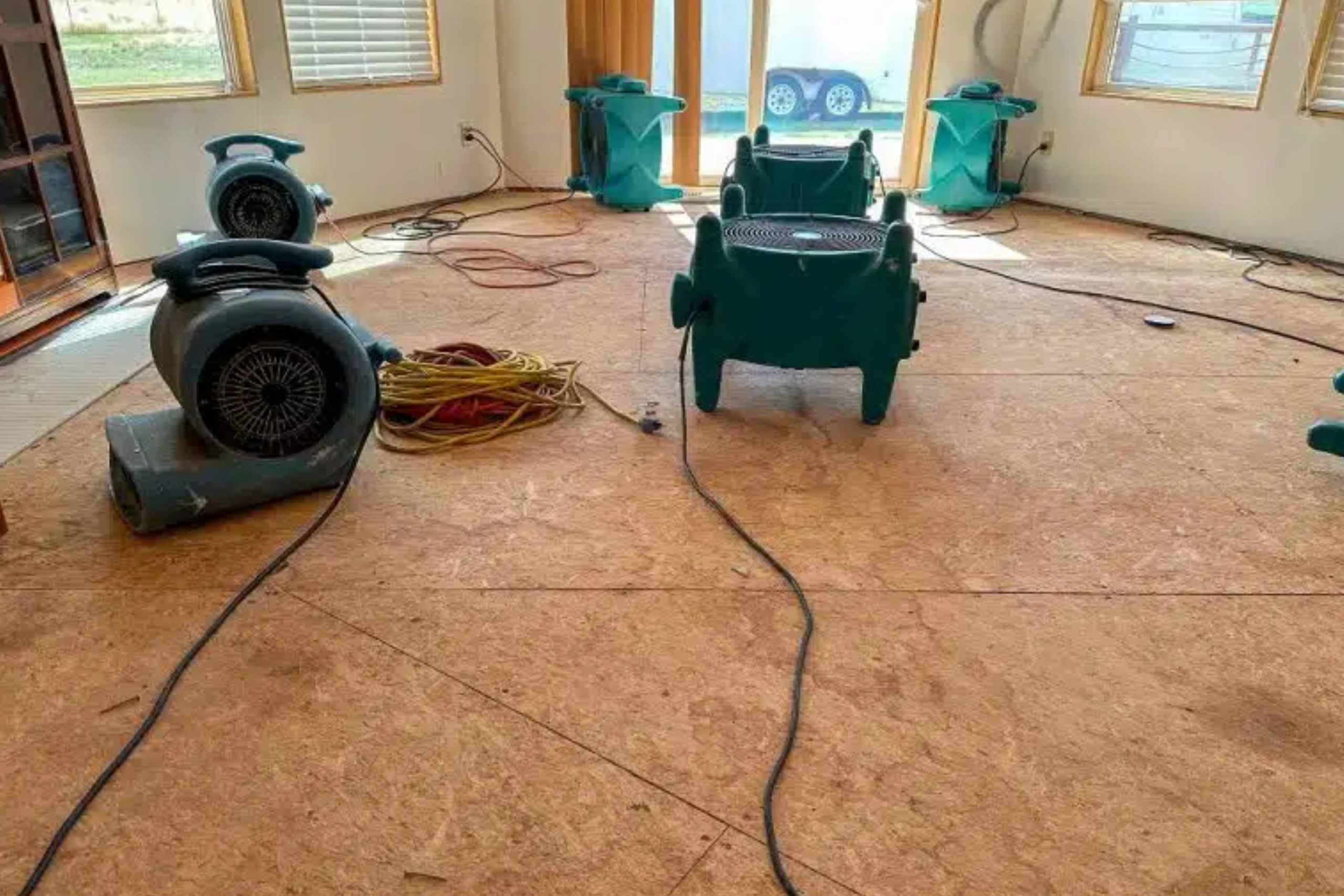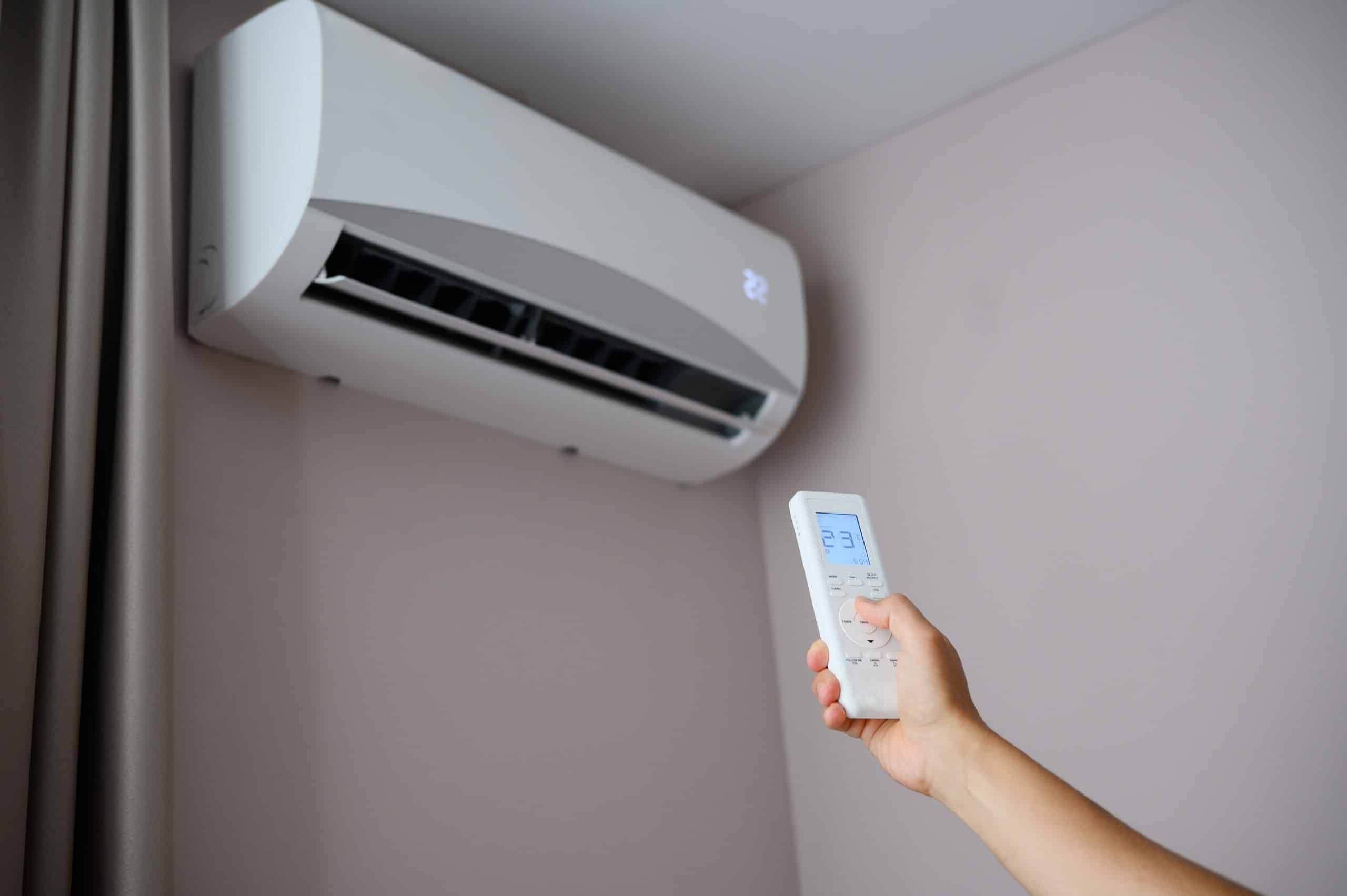Fact: Properly restored floors and furniture recover up to 90% of their original beauty and…
What Happens During Fire Restoration?
Experiencing a fire in your home or business is devastating, and the aftermath can feel overwhelming. Once the fire is extinguished, the real work of restoration begins. Fire restoration is a detailed and multi-step process to return your property to its pre-fire condition. Understanding what happens during fire restoration can help ease the process and ensure you know what to expect as professionals work to restore your home.
The first step in fire restoration is a thorough assessment of the damage. Fire damage doesn’t just affect areas directly exposed to flames; smoke and soot can travel throughout the property, causing further damage to walls, ceilings, and personal belongings. Restoration experts will evaluate the extent of the damage, noting areas that require immediate attention. This assessment helps guide the fire damage repairs and restoration efforts.
Once the assessment is complete, the next step is securing the property. Fires can leave homes and businesses vulnerable due to broken windows, compromised roofs, or weakened structures. To prevent further damage from weather or unauthorized access, restoration teams board up windows, place tarps over exposed areas, and ensure the building is safe for the restoration process to begin.
The cleaning process is a crucial part of fire damage restoration. Soot and smoke residue can be corrosive, and if left untreated, they can cause permanent damage to surfaces. Specialized cleaning agents and techniques remove soot from walls, ceilings, and other affected areas. At the same time, professionals begin the water removal and drying process if water was used to extinguish the fire. This is critical in preventing mold growth and further damage to the structure.
Deodorizing is another essential component of fire restoration. Smoke odor can linger long after the fire is out, and it can be difficult to eliminate without professional help. Restoration teams use advanced equipment like ozone machines and air scrubbers to neutralize the smoke smell, ensuring that the property looks clean and smells fresh and free of any fire-related odors.
Fire damage repairs are often required to restore the structural integrity of the property. This can involve replacing damaged walls, floors, and ceilings, as well as repairing electrical and plumbing systems that may have been affected by the fire. Depending on the extent of the damage, these repairs can range from minor fixes to major reconstruction efforts. The goal is to return the property to its original state, ensuring it is safe and habitable once again.
Professionals will also focus on salvaging personal belongings throughout the fire restoration process. Items like furniture, electronics, and important documents exposed to smoke and soot may be cleaned and restored if possible. In many cases, fire damage restoration teams can save valuable items that homeowners initially thought were lost.
In conclusion, fire restoration is a complex process that involves assessment, cleaning, repairs, and deodorization. By working with experts in fire damage restoration, homeowners can ensure that their property is restored efficiently and thoroughly. From fire damage repairs to removing lingering smoke odors, the goal is to make your home safe, clean, and livable again.



